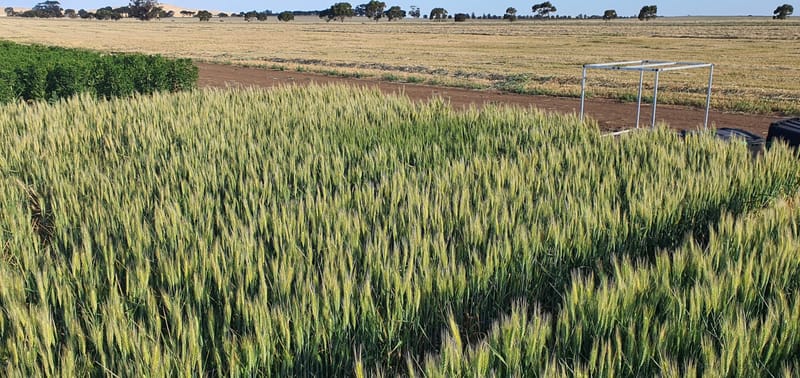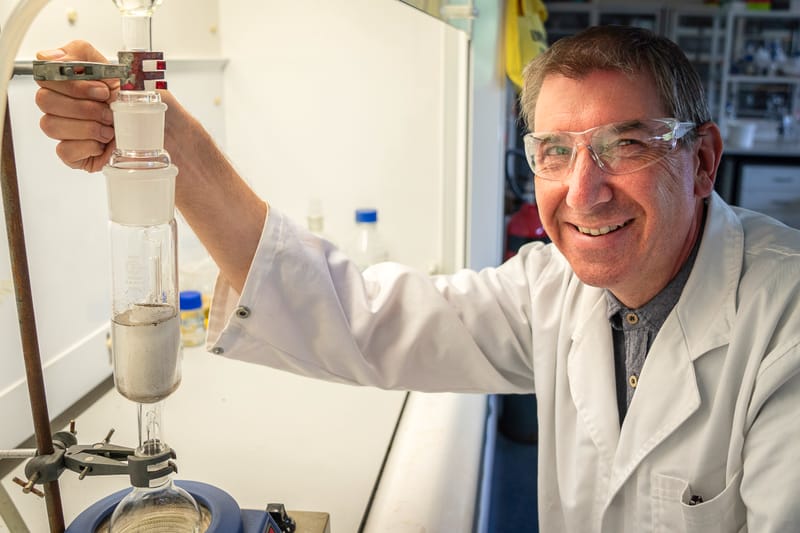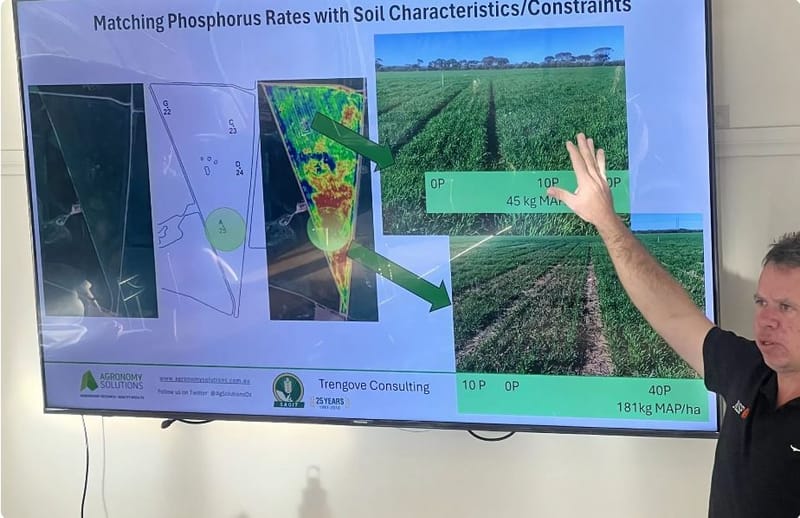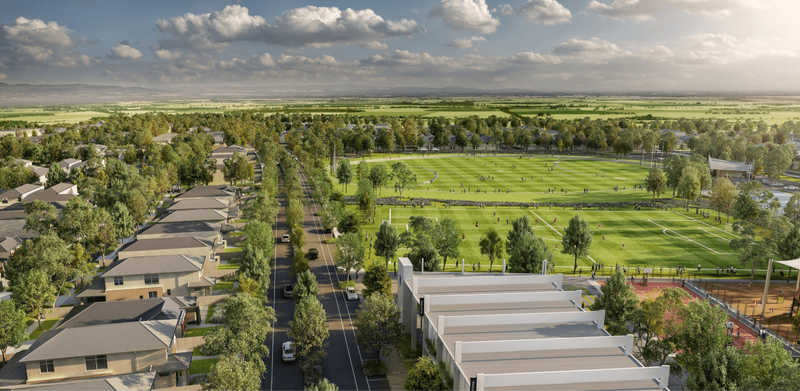Grain grower masterclasses for sandy soils
GRAIN growers from across South Australia are invited to attend masterclasses looking at sandy soils and higher grain production potential. Many sandy soils, constrained by their limited capacity to hold moisture and nutrients, in the state’s low...
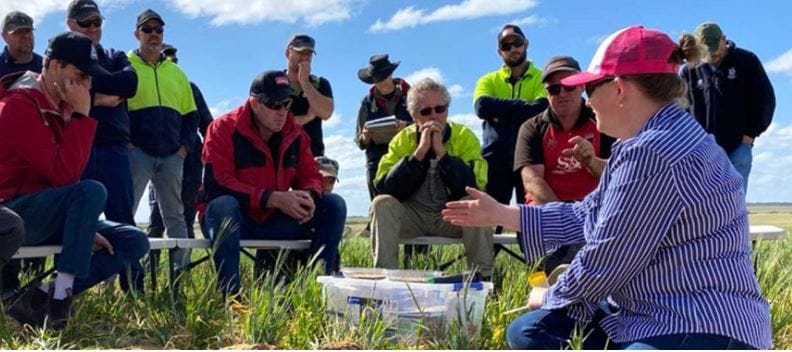
GRAIN growers from across South Australia are invited to attend masterclasses looking at sandy soils and higher grain production potential.
Many sandy soils, constrained by their limited capacity to hold moisture and nutrients, in the state’s low and medium-rainfall zones produce less than half of their yield potential.
The upcoming half-day masterclasses will be held in partnership with local farming organisations Northern Sustainable Soils, MacKillop Farm Management Group, and Mallee Sustainable Farming at these locations:
- September 1, 1pm-5.30pm, Bute, SA
- September 13, 1pm-5.30pm, Coomandook, SA
- September 16, 9am-1.30pm, Pinnaroo, SA
The masterclasses will see growers supported by the Grains Research and Development Corporation (GRDC) to access new tools, techniques and know-how to get more out of their sandy soils.
Principal research scientist at CSIRO, Dr Therese McBeath, is leading the research and said the masterclasses would help growers and advisers diagnose soil constraints and identify ways to increase production – including through deep ripping and other tillage techniques.
“We’ve seen significant increases in yield and profit following deep ripping on sandy soil and growers are really interested in the technique,” says Dr McBeath.
“We want to share what we have learnt about which tillage technique best addresses the key constraints in sands so growers can assess when they should and should not conduct deep tillage.”
For GRDC, investing grower levies into research to reduce the impact of soil constraints and identify the most cost-effective solutions helps solve a long-term problem.
“When we started this work in 2016, growers with sandy soils were finding that after harvest there was moisture left in the subsoil, and the roots of the crop were unable to access it,” said GRDC Senior Regional Manager – South, Dr Stephen Loss.
“It was obvious that something was constraining root growth at depth, but we weren’t sure what it was.
“This project has shown that while water repellency and soil acidity can restrict crop performance on sandy soils, compaction and high soil strength is common in most of those sandy soils in South Australia, Victoria and southern New South Wales. In most cases deep ripping is a cost-effective way to overcome and correct that.
“The benefit may last at least two to three years before you have to come back and deep rip again.”
Registration can be made by visiting the GRDC events list and selecting the masterclass growers wish to attend.


